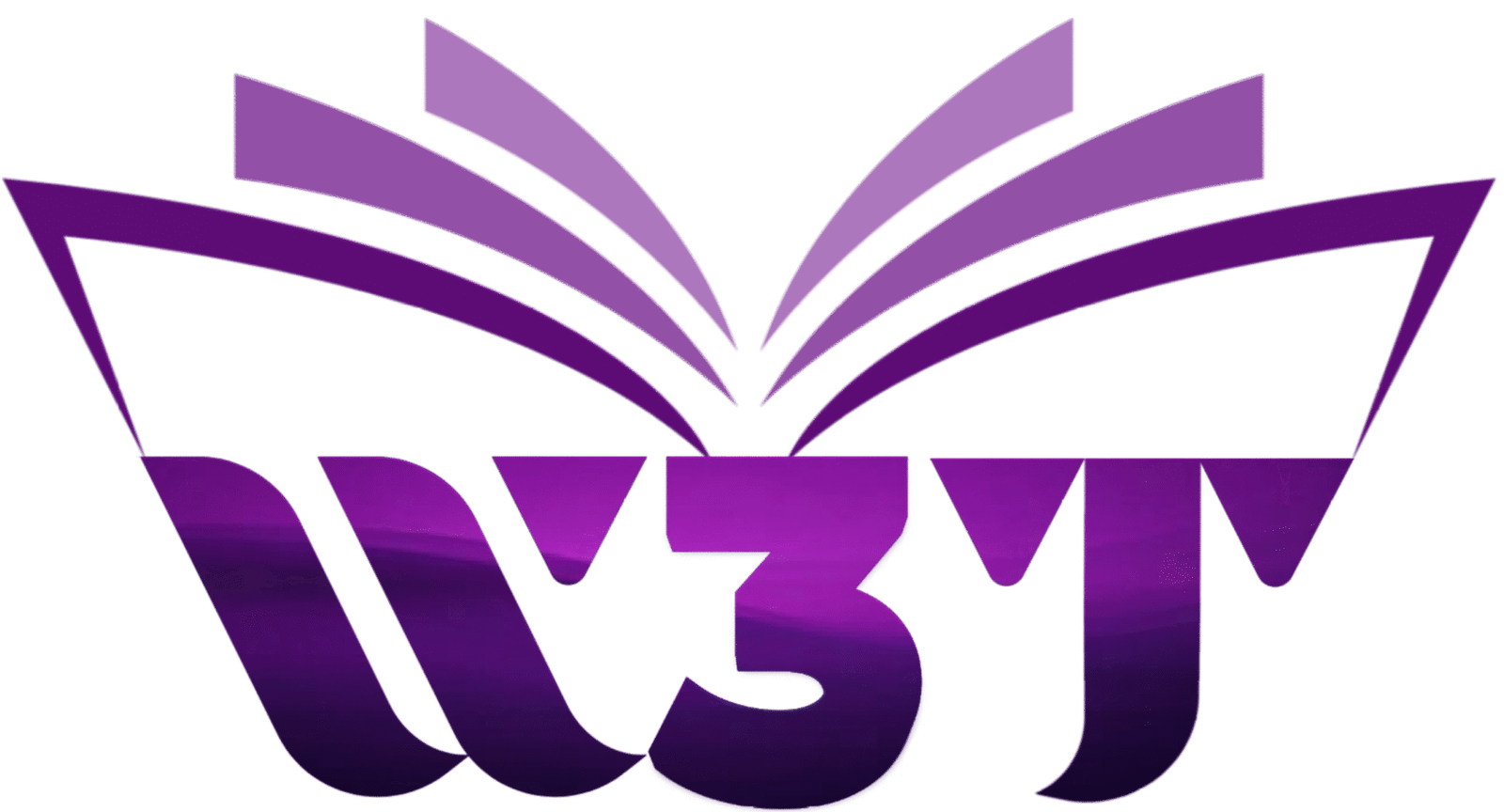Currently Empty: ₹0.00

Choosing your first programming language is one of the most important decisions for any aspiring developer — and in 2025, the choices are more powerful (and more overwhelming) than ever. With evolving tech trends, market demands, and use-case-specific tools, selecting the right language can fast-track your career or learning journey. This guide will help you make that decision based on your goals, interests, and current trends in the tech world.
🔹 Why Choosing the Right Language Matters
Every programming language has its strengths, ecosystem, community, and learning curve. Some are better for beginners due to their simplicity and readability, while others are best suited for specific fields like web development, data science, mobile apps, or system-level programming.
Your first language can:
- Shape how you think about code.
- Influence what kind of job or project you land.
- Help you build a strong foundation to learn others faster.
🔹 Best Programming Languages to Learn First in 2025
1. Python – Best for Beginners, Data Science, and AI
- Why Learn It? Simple syntax, vast libraries, and used in everything from automation to AI and web development.
- Used In: AI/ML, automation, web apps (Django, Flask), data analysis, scripting.
- Pros: Beginner-friendly, massive community, great documentation.
- Salary Range (IN): ₹6–25 LPA
2. JavaScript – Best for Web Development (Frontend & Full Stack)
- Why Learn It? It’s the language of the web. You can build anything from websites to mobile apps using JS and its frameworks (React, Node.js).
- Used In: Frontend (React, Vue), Backend (Node.js), Full Stack apps.
- Pros: Ubiquitous in web development, fast to prototype, supported everywhere.
- Salary Range (IN): ₹5–20 LPA
3. Java – Best for Enterprise Applications and Android Development
- Why Learn It? Long-standing language with strong typing and object-oriented principles.
- Used In: Android apps, enterprise-level systems, backend servers.
- Pros: Stability, huge demand in enterprise, strong job market.
- Salary Range (IN): ₹7–22 LPA
4. C/C++ – Best for System Programming & Competitive Coding
- Why Learn It? Gives low-level control over memory and hardware.
- Used In: Operating systems, embedded systems, game engines.
- Pros: High-performance applications, deep understanding of computing.
- Salary Range (IN): ₹8–20 LPA
5. Go (Golang) – Best for Scalable Backend and Cloud-Native Apps
- Why Learn It? Lightweight, fast, and excellent for concurrency.
- Used In: Cloud applications, DevOps tools, scalable web servers.
- Pros: Simple syntax, fast execution, popular in cloud-native world.
- Salary Range (IN): ₹12–28 LPA
6. Kotlin – Best for Android Development in 2025
- Why Learn It? Official language for Android apps, interoperable with Java.
- Used In: Android mobile apps, backend development.
- Pros: Clean, modern syntax; gaining popularity fast.
- Salary Range (IN): ₹8–18 LPA
7. TypeScript – Best for Large-Scale Web Applications
- Why Learn It? Adds type safety to JavaScript and scales well in large projects.
- Used In: Enterprise frontend development, Angular/React apps.
- Pros: Better tooling, maintainable codebases.
- Salary Range (IN): ₹9–20 LPA
🔹 How to Choose Based on Your Career Goal
| Career Goal | Recommended Language(s) |
|---|---|
| Web Developer | JavaScript, TypeScript, Python |
| Data Scientist / AI Engineer | Python, R |
| Android Developer | Kotlin, Java |
| Backend Developer | Python, Java, Go |
| Cybersecurity | Python, C |
| Game Developer | C++, C#, Unity (scripting) |
| Competitive Programmer | C++, Python |
🔹 Key Advice for Beginners
- Start with one language and master its syntax, data structures, and problem-solving.
- Build projects—real-world coding improves retention and confidence.
- Use online platforms like GitHub, HackerRank, or LeetCode for practice.
- Don’t worry about the “perfect” language — the first is a stepping stone to many others.
🔹 Final Thoughts
In 2025, Python remains the most beginner-friendly and versatile programming language. However, JavaScript dominates the web world, and Java, Kotlin, and Go are excellent for mobile and backend roles. Your first language should match your goals—not the trend.
Remember: it’s not just about learning a language, but learning how to think like a programmer. Once you do, switching languages becomes easy.
